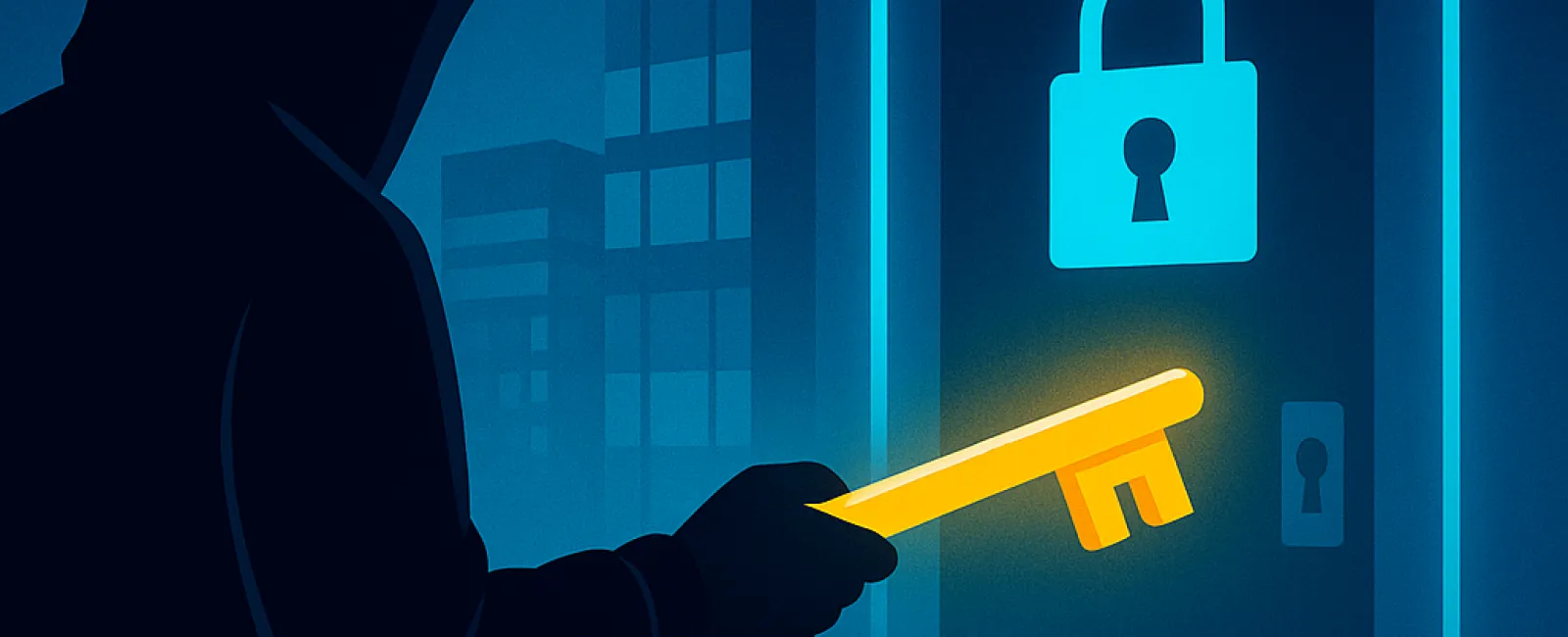August 04, 2025
Cybercriminals are evolving their tactics against small businesses. Instead of forcefully breaking in, they now slip inside quietly by stealing your most valuable asset: your login credentials.
This method, known as an identity-based attack, has surged to become the leading way hackers infiltrate systems. They capture passwords, deceive employees with fraudulent emails, or bombard users with login requests until someone unwittingly grants access. Alarmingly, these strategies are proving highly effective.
Recent data from a cybersecurity firm reveals that 67% of major security breaches in 2024 originated from compromised logins. Even industry giants like MGM and Caesars suffered from these attacks the year prior — proving that no business, big or small, is immune.
How Do Hackers Gain Access?
While many attacks begin with a simple stolen password, hackers are employing increasingly sophisticated techniques:
· Phishing emails and fake login pages trick employees into revealing their credentials.
· SIM swapping enables thieves to intercept text messages used for two-factor authentication (2FA).
· MFA fatigue attacks overwhelm your phone with approval requests until you inadvertently authorize access.
Hackers also exploit vulnerabilities in employee personal devices and third-party vendors, such as help desks or call centers, to find a backdoor.
Steps to Safeguard Your Business
The good news? Protecting your company doesn't require advanced technical skills. Implementing a few strategic measures can dramatically enhance your security:
1. Enable Multifactor Authentication (MFA)
Add an extra layer of security by requiring more than just a password to log in. Opt for app-based or hardware security key MFA methods, which are far more secure than SMS-based codes.
2. Educate Your Team
Your employees are your first line of defense. Train them to identify phishing scams, suspicious emails, and unusual login requests, and establish clear channels for reporting potential threats.
3. Restrict Access Privileges
Limit employee access strictly to necessary systems and data. This minimizes the damage if an account is compromised.
4. Adopt Strong Password Practices or Go Passwordless
Encourage the use of password managers or advanced authentication tools like fingerprint scanners and security keys that eliminate reliance on traditional passwords.
Your Security Is Our Priority
Hackers relentlessly target login credentials, constantly refining their tactics. But you don't have to face this challenge alone.
We specialize in deploying effective security solutions that protect your business without complicating your team's workflow.
Wondering if your business is at risk? Let's talk. Click here or give us a call at 888-624-7383 to book your 15-Minute Discovery Call.



